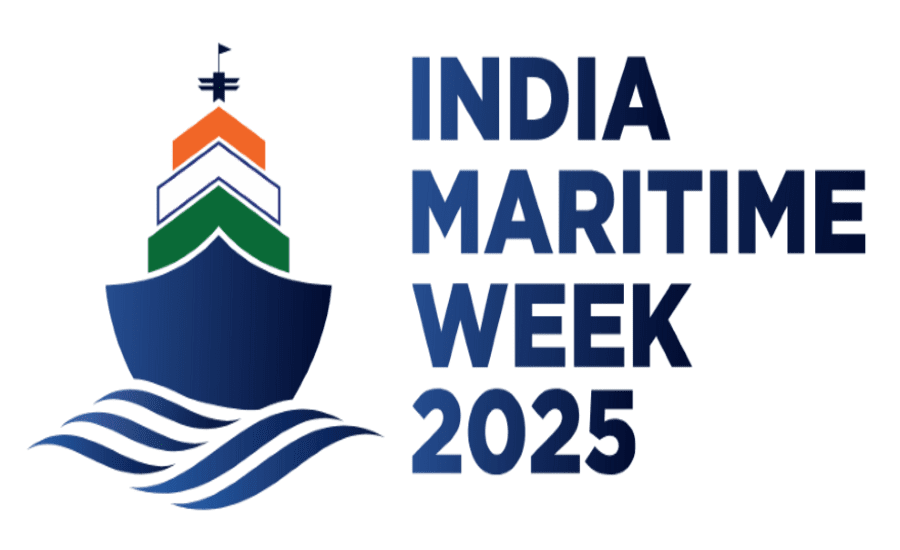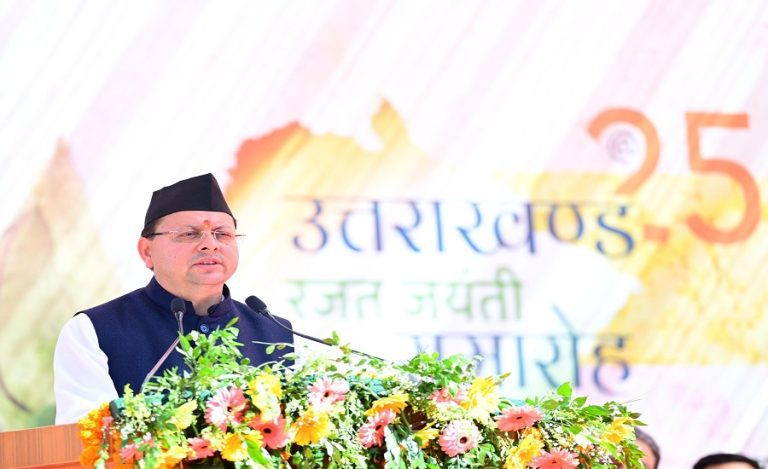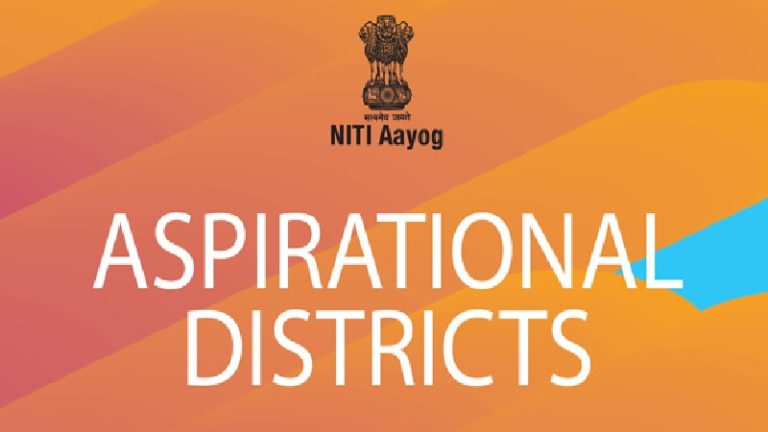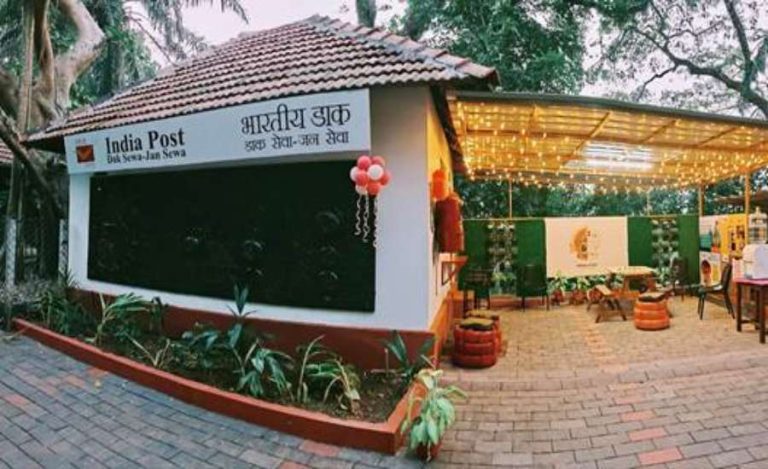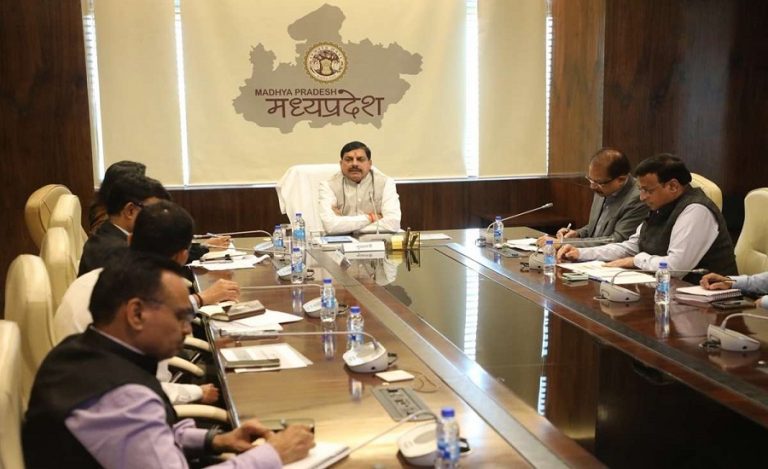New Delhi: The government has announced a major strategy by aggregating cargo demand from central public sector undertakings (PSUs) so that Indian carriers can win long-term charter contracts.
Addressing the India Maritime Week 2025 in Mumbai, Hardeep Singh Puri, the Union Minister for Petroleum & Natural Gas, explained that by pooling PSU demand, the government aims to give carriers predictability, encourage domestic ship-ownership and reduce dependence on foreign vessels.
This move is expected to support several goals: increase Indian-flagged ships in trade, strengthen shipbuilding and leasing in India, and bring down freight costs for key sectors.
Background: Why This Industry Step?
Import-heavy trade and low Indian vessel share: India presently carries only about 20 % of its total trade cargo on domestically owned or flagged vessels. In recent years, PSUs such as Indian Oil Corporation Ltd (IOCL), Bharat Petroleum Corporation Ltd (BPCL) and Hindustan Petroleum Corporation Ltd (HPCL) have spent nearly US $8 billion on chartering foreign vessels — money that could have been used to build or own Indian-vessels.
Rising freight cost & strategic importance: Freight costs form a sizable portion of import bills, especially for crude oil, LNG and other energy shipping. Given India meets over 80 % of its crude and around half its gas needs via imports, shipping plays a strategic role in national energy security.
Shipbuilding and manufacturing push: India’s port capacity has risen from 872 million metric tonnes per annum (MTPA) in 2014 to around 1,681 MTPA by 2025, and cargo volumes have gone from ~581 to ~855 million tonnes in that period.
This expansion creates an opportunity for domestic ship-yards, repair ecosystems and allied industries if a steady order pipeline of ships and charters is provided.
Key Policy Measures on Offer
Cargo aggregation by PSUs: Central PSUs’ freight demand will be consolidated so Indian carriers get long-term charters, delivering cargo commitments.
Ship Owning & Leasing (SOL) model: The ministry is advancing a ship owning-and-leasing entity model to allow Indian firms to lease vessels rather than solely purchase them.
Shipbuilding Financial Assistance Policy 2.0: Special support for building LNG, ethane and product tankers in domestic yards is expected.
Maritime Development Fund & vessel financing: Ensuring affordable financing for vessel procurement and shipyard commissioning.
What This Means for Stakeholders
For Indian carriers: Long-term charters bring business certainty, enabling fleet expansion, investment in Indian-built vessels, and a higher share of cargo movement under Indian registry.
For PSUs: By pooling demand and awarding charters to Indian carriers, PSUs may save in long-run freight cost and gain stronger control over logistics, especially for sensitive cargoes like crude, LNG and strategic imports.
For shipbuilding and manufacturing ecosystem: With predictable orders and charter contracts, Indian shipyards and ancillary manufacturers can scale operations, create jobs, enhance technical capacities, and contribute to the “Atmanirbhar Bharat” goal in maritime manufacturing.
For national economy & energy security: A larger Indian-owned fleet reduces dependence on foreign shipping services, improves India’s freight cost position, and strengthens the blue-economy component of national logistics and external trade strategy.
What to Watch Going Forward
- How many and which PSUs commit cargo demand as part of the aggregation mechanism, and what volumes are involved.
- Details of charter contracts such as; their duration, vessel type, ownership/flagging, Indian vs foreign yards.
- Uptake of the SOL (Ship Owning & Leasing) model and how Indian shipyards respond with new orders and capacity building.
- Impact on freight cost trends for PSUs and on the Indian-flagged vessel share of national trade.
- Response of global shipping industry and foreign-flag carriers to India’s shift towards domestic charters.

